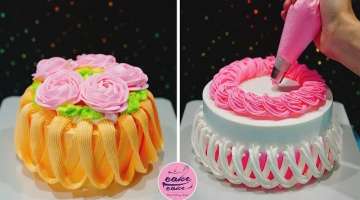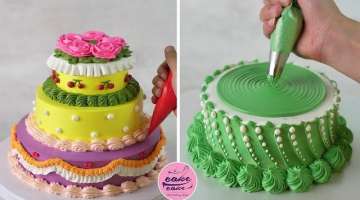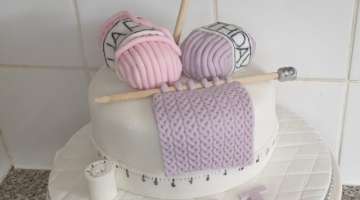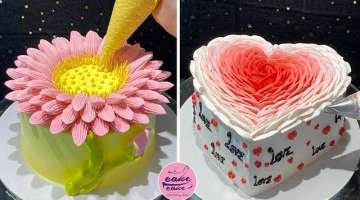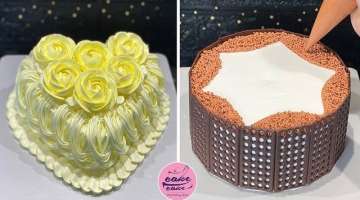Colorful Tropical Foliage Plants – Croton Plants And Caladium Plants
Codiaeum variegatum, also called “Garden Croton” or “Variegated Croton”, is a plant species in the genus Codiaeum, a member of the family Euphorbiaceae.
- 1 | 15

These colorful tropical deciduous plants look great when grown in pots and grouped together with other tropical plants, including dwarf bananas, bromeliads, gingers, gardenias, small heliconias, hibiscus, jasmine, orchids or plumeria plants.
- 2 | 15

Croton plants are known for their colorful foliage that has a waxy consistency with vertical growth and outward leaves.
- 3 | 15

The more sun or strong light the Croton plants get, the more colorful their foliage becomes.
- 4 | 15

Crotons must be well watered with the soil remaining moist. They are preferred to be grown with high humidity and take advantage of daily fog when the humidity is low
- 5 | 15

When fertilizing Croton plants, all fertilizers that contain a lot of nitrogen are recommended, such as 9-3-6.
- 6 | 15

Crotons belong to the family Euphorbiaceae and are therefore considered toxic. The juice can cause skin eczema and is also toxic if swallowed.
- 7 | 15

Popular varieties of these colorful tropical foliage plants include Codiaeum variegatum ‘Gold Moon’, Codiaeum variegatum ‘Gold Sun’, Codiaeum variegatum ‘Goldfinger’, Codiaeum variegatum ‘Grubell’, Codiaeum variegatum ‘Petra’ and Codiaeum variegatum ‘Excellent’.
- 8 | 15

Croton plants, when grown outdoors, must be protected or kept indoors if the temperature drops below 50 degrees Fahrenheit or 10 degrees Celsius. Otherwise, leaf fall may fall.
- 9 | 15

Another large group of colorful tropical deciduous plants are Caladium plants which are a genus of plants in the family Araceae.
- 10 | 15

There are currently over 1000 varieties of Caladium bicolor that are considered to be the original Caladium from South America.
- 11 | 15

Caladium plants have been grown in Europe since the nineteenth century.
- 12 | 15

Popular varieties of these colorful tropical deciduous plants include Candidum White, Cardinal Red, Carolyn Wharton Pink, Fannie Munson Pink, Frieda Hemple Red, Postman Joyner Red, Roselight Pink, White Queen and Rojo Red, to name a few.
- 13 | 15

Croton and Caladium plants can be grown outdoors during the warmer months of the year and indoors as houseplants for the rest of the year.
- 14 | 15

Caladium plants are only hardy in zones 9 and 10. In colder areas, they must be dug up in the autumn. They also make good houseplants all year round. While actively growing Caladium plants need a lot of moisture and should not be allowed to dry out. As with Croton plants, it is best to use a fertilizer with a lot of nitrogen, such as 9-3-6 and mist the foliage daily if the humidity is low.
- 15 | 15

All parts of Caladium plants are considered toxic and can cause skin irritation in susceptible individuals. I hope you are already enjoying your Croton and Caladium plants. If not, give them a try and light up your indoor plant rack or add the color needed to your garden.
